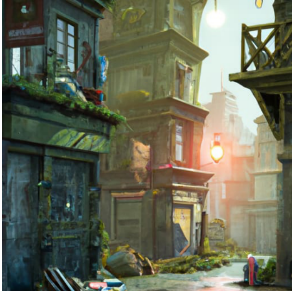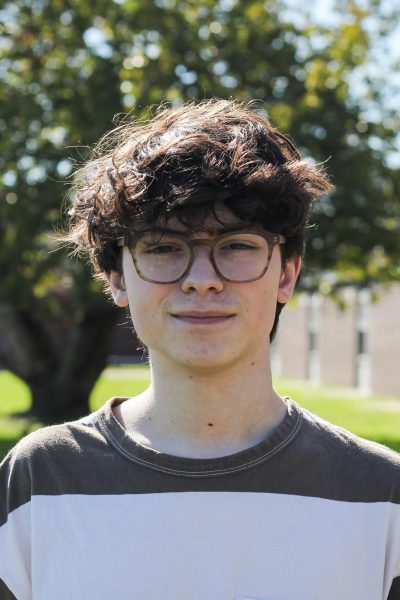AI art: is it making creativity accesible or cutting corners?

PHOTO GENERATED WITH NIGHTCAFE BY LILY HOWARD
Artificial intelligence makes art creation more accessible, as websites create detailed images like the one above in seconds. Because of the lack of skill and control creators have over these pieces, artists have questioned their creative merit.
November 24, 2022
Artificial intelligence software allows users to animate and design with just a click. With these tools becoming more mainstream, many are worried about the implications of AI-generated art.
Artificial intelligence technologies are rapidly evolving, with Stanford University’s 2022 AI Index report finding that, since 2018, training times for image classification systems have increased by 94.4% and costs have lessened by 63.6%. An outpour of innovation comes with a surge in value, as technological research firm Gartner predicts the market for artificial intelligence will be worth almost $135 billion by 2025. This jump in both market share and accessibility has led to many AI systems becoming freely available, primarily in the field of art.
Programs like Flowframes and DAIN-APP artificially increase the framerate of a video by interpolating – or inserting – computer-generated frames. This software is used to varying extents, from animators looking for more fluid animations to filmmakers seeking smoother slow- motion. Websites like DALL·E and starryai.com ask users to enter a prompt before converting the text to an image in a matter of seconds.
Recently, social media platform TikTok released its own AI art models, a text-to-image filter that allows users to convert a sentence into a video background and a filter that transforms photos into abstract landscape backgrounds. With over 25 million videos created using the two filters, AI is more visible and accessible than ever.
While this mainstream usage of artificial intelligence has some excited, others feel that these AI creations take the artistry out of artwork.
Much of the criticism has been levied at AI- interpolated animation, particularly videos that take popular animations created at 24 frames-per-second and interpolate them to 60 frames-per-second in an attempt to smooth them. These videos, such as “What Mulan (1998) would look like in 60fps” and “Tom & Jerry made 60fps using AI” have been widely ridiculed by animators for containing smudged and unnatural movement and ignoring fundamental principles of animation.
Another source of concern with AI-generated art is its title. Some think that AI text-to-image creations should not be deemed works of art, as a computer program develops the picture rather than a person. Others feel that, by carefully selecting the words in their prompt, their AI images were curated by humans, therefore, making it art.
As artificial technology advances, there may come a time when AI and human creations are indistinguishable from each other. Though it is unknown when that will be, Raphaël Millière of Wired feels the distinction is already unnecessary.
“These questions echo similar worries once raised by the invention of photography. By merely pressing a button on a camera, someone without painting skills could suddenly capture a realistic depiction of a scene,” Millière stated. “Today, a person can press a virtual button to run a generative model and produce images of virtually any scene in any style. But cameras and algorithms do not make art. People do. AI art is art, made by human artists who use algorithms as yet another tool in their creative arsenal.”




